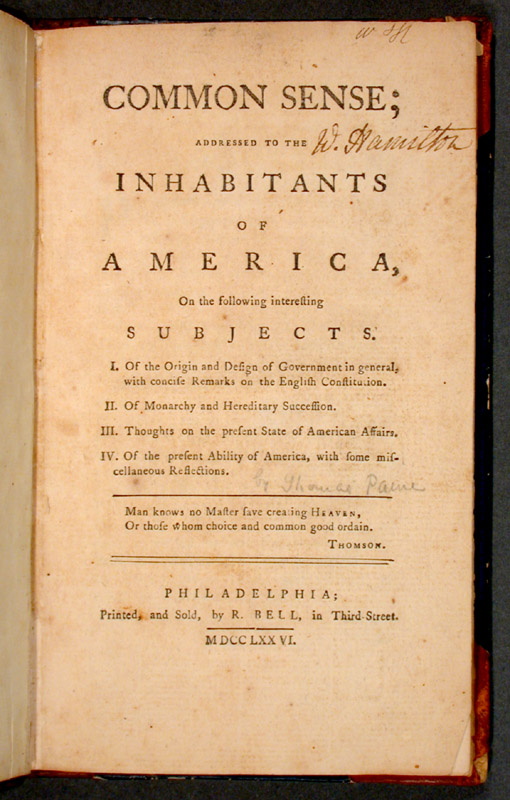Today's post comes from Dan Allosso, a PhD student in history at the University of Massachusetts Amherst. He reflects on the bestsellers of ages past and what we can learn about regular people from the books they read.
Dan Allosso
Since historians rely heavily on written records of the past, they often wonder about the audiences of the literary subjects they study. And about the reading habits of people who didn't bother to preserve detailed narratives of
 their lives and thoughts. How many people (and which people) read Emerson's "American Scholar" essay, Ben Franklin's Autobiography, or Thomas Paine's controversial Age of Reason? We've all heard that Uncle Tom's Cabin was the best selling book of its time; how many people also read H. R. Helper's Impending Crisis?
their lives and thoughts. How many people (and which people) read Emerson's "American Scholar" essay, Ben Franklin's Autobiography, or Thomas Paine's controversial Age of Reason? We've all heard that Uncle Tom's Cabin was the best selling book of its time; how many people also read H. R. Helper's Impending Crisis?Frank Luther Mott (1886-1964) is best known for his Pulitzer and Bancroft Prize-winning A History of American Magazines. He also wrote a book called Golden Multitudes: The Story of Best Sellers in the United States, in 1947. As the title suggests, Mott identifies about 324 books that were the biggest sellers of their day. This is extremely valuable, for people who want to know what regular folks in America were reading. It’s a little surprising that the library doesn’t contain a whole shelf-full of books like this, but Mott’s is the only one I’ve found so far.
There are a lot of surprises in this book. For example, Thomas Paine’s Common Sense, the bestseller for 1776, is preceded by Lord Chesterfield’s Letters to His Son in 1775 and followed by Milton’s Paradise Lost (originally published in 1667) in 1777. In the early 1820s, people were buying a lot of Walter Scott and James Fenimore Cooper. They avidly read Washington Irving’s Tales of a Traveler and Sarah Josepha Hale’s Sketches of American Character; but not Timothy Dwight’s Travels in New England and New York. They did read George Bancroft’s History of the United States, but not as much as the delved into Jared Sparks’ Life of Washington or Daniel P. Thompson’s The Green Mountain Boys, published in the 1830s.
Possibly the most interesting thing about Mott’s list of American bestsellers is that nearly all of them are available “full-view” on Google Books (and now on Google ebooks). I think this is a game-changer for people interested in the past. We no longer have to depend on the judgment of previous scholars, who might have preferred Timothy Dwight over Sarah Hale, even though Hale was widely read in her time (and was the author of the nursery rhyme “Mary Had a Little Lamb”). Not that Dwight’s work doesn’t contain valuable material, but we no longer have to assume it gives us the best view of what interested people at the time. Using guides like Mott’s along with resources like Google, the Internet Archive, and Project Gutenberg, we may be able to better understand what regular people thought and cared about. This might tell us why Bellamy’s Looking Backward (1888) and Harvey’s Coin’s Financial School (1894) were so much more widely read (and influential?) in their day than Marx’s Capital (1889).







